#W7
Text



leaked scenes from the new animated one piece guys trust me
#i did this last week but didn't wanna post because of the glob4l str!ke#idk if that word is hidden or not sorry ik tumb|r's been hiding those kinda posts#ermm anyways SANUSO ATTACKKKKKKK#mintart#RAHHH!!!!! SHOOTS YOU WITH MY SANUSO BEAMS#this is probably one of my favorite pieces i've ever done lol#rrgfhdkjf i love them sm#one piece#op#sanuso#usosan#sanji#usopp#black leg sanji#god usopp#vinsmoke sanji#whole cake island#water 7#w7#wci#art#i couldn't come up with a wci usopp outfit because his timeskip fit already looked a lot like the cacoa island themes (minus the shirt)#also ummmm shirtless usopp *runs away*#this was so fun to draw bro I LOVE THEMM#there r still 50000 mistakes but it's ok i'm actually rly happy with this one#my art#istgggggg if the quality goes down ill eat my shelf
288 notes
·
View notes
Text

iceberg🍨
173 notes
·
View notes
Text
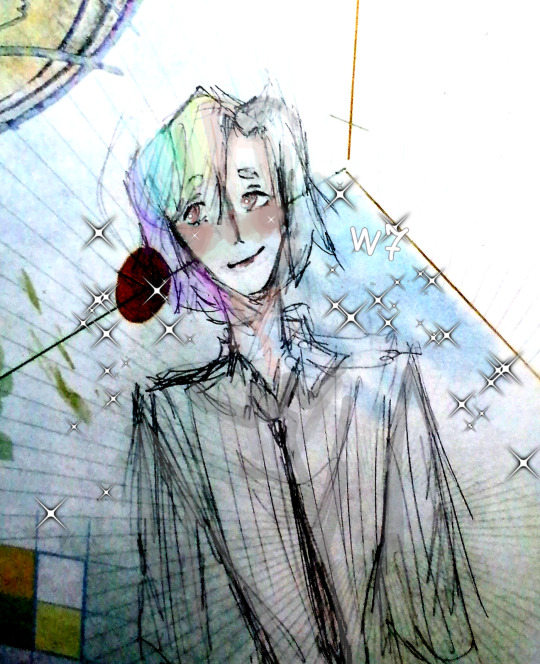
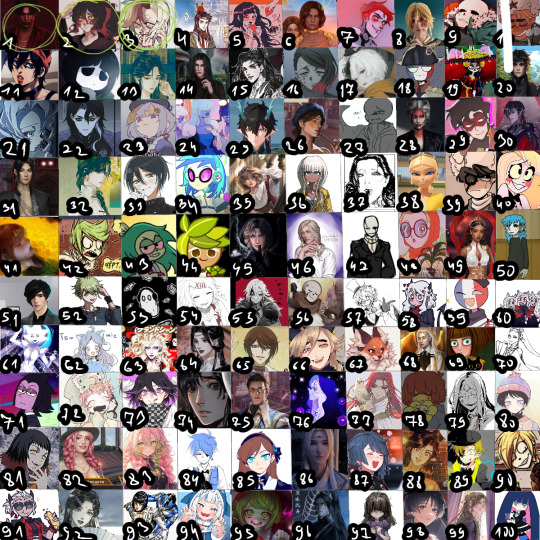
100 days, 100 characters
❤️Day 3 - W7 by °Peta for people°❤️
8 notes
·
View notes
Text

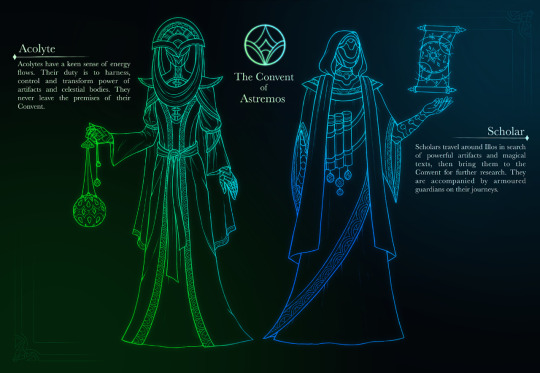
4 notes
·
View notes
Text
Yana's Suggestion

I was talking with Yana in the wet labs about my project, and she suggested this book by a Japaneese philosopher in the 1930s, it discusses the value of imperfect handmade everyday items. I've found a sneaky PDF online :)
The book is divided into a series of essays written by Japanese Philosopher Soetsu Yanagi over a few decades in the early 20th century. Some of the essays that are more relevant to my project are:
What is Folk Craft? 1933
‘the roughly made’ (sobutsu)
Made for daily use
Common ordinary things
Made for use; utilitarian
“When a person could point to what he was wearing and say, ‘This belonged to my grandfather’, it was a source of pride. These days, however, the careless way things are made has robbed us of any feeling of respect or affection. From the viewpoint of social mores, this is a huge loss.” 23
“Until now we have been taught that the right way to appreciate beauty is through visual perception. This has applied principally to the so-called fine arts such as painting and sculpture. Even with handicrafts we have been taught to value craftware with little connection to its use, that is, craftware made for visual appreciation. Utilitarian crafts have been looked down on as something of a lower rank. As a result, our aesthetic sense has been severely impaired owing to the fact that beauty and life are treated as separate realms of being. Beauty is no longer viewed as an indispensable part of our daily lives. Confining beauty to visual appreciation and excluding the beauty of practical objects has proven to be a grave error on the part of modern man. A true appreciation of beauty cannot be fostered by ignoring practical handicrafts. After all, there is no greater opportunity for appreciating beauty than through its use in our daily lives, no greater opportunity for coming into direct contact with the beautiful.” 23
A Painted Karatsu as Food for Thought 1926
His thoughts on a broken Karatsu jar that was repaired using Katsugi; "the piece was not aiming at harmonious elegance. Here the dualism
between the beautiful and the ugly was broken. Here the utmost in
spontaneous beauty was achieved." p48
The entire thing would be good for my book?
“On November 1, I had stopped eating and was prostrate in bed, suffering from diarrhoea that had struck me the previous night. It was then that a small vessel was brought into the room, and I felt my heart leap with newfound energy. It was a painted Karatsu jar. The surface was tastefully done, the brushwork for the crest-like circle and the wild grasses excellent, and the iron-black shading unimpeachable. However, what particularly caught my eye was the repair work that had been done on the piece. It was astonishing how much it enhanced the beauty of the jar. I once read an article by an eminent collector in which he rather proudly stated that he didn’t collect pieces that had been repaired, but I imagine that if he were confronted with this Karatsu jar, his weak narrow-mindedness would be demolished in an instant. The flaw in the jar had clearly occurred in the kiln. The piece had been badly split during firing, creating a disjointed gap in the surface. It wasn’t a flaw due to a crack that formed when the jar was bumped against something, but one caused by the workings of natural forces. It probably resulted from the base being too thick, a common happening. The flaw was there, no doubt about it, but in effect the jar’s flawed form seemed to be its natural shape. There had been no attempt to disguise it, but rather gold-dusted lacquer had been amply employed to repair it. Without the slightest hesitation, lacquer had been liberally inserted into the crevice and gold powder unashamedly applied. In Zen Buddhism there are such sayings as ‘All is clear, openly revealed’, and it is this notion that gives this jar vivid life, with the harmony of its plump, round shape and its dark-black fluent brushwork for the crests. However, the piece was not aiming at harmonious elegance. Here the dualism between the beautiful and the ugly was broken. Here the utmost in spontaneous beauty was achieved. This is a living example of the Diamond Sutra’s exhortation to ‘awaken the mind without fixing it anywhere’. Recently there is a tendency to pursue distortion in art, but in the case of this jar, natural deformation has raised distortion to the level of spontaneous beauty. Karatsu ware is already highly regarded, and this piece is a precious instance of that craftware. In monetary terms, it was entirely beyond the means of someone like myself. The English word ‘priceless’ is an apt expression of its value. No matter how expensive it might be, it would still be cheap. The absolute value of beauty makes its relative monetary value meaningless. Still, it had a price that made it, in a pinch, well worth buying for the Japan Folk Crafts Museum. I wanted to bring it to the attention of many people, to give them the opportunity of appreciating its profundities with their own eyes. However, it will not do to treat an object like this as a mere pastime, for personal viewing, for purchasing, or as a means of satisfying one’s desire for possession. There are few objects that provide craftspeople of all types with so much to think about. Is there anyone who would not be lost in thought looking upon this work? From it I received much food for the heart. I have written this essay in reverent thanks, to which I append a verse expressing my sense of gratitude.
Look. Oh, look.
All is clear, openly revealed.
This countenance, this mien.” 48/49
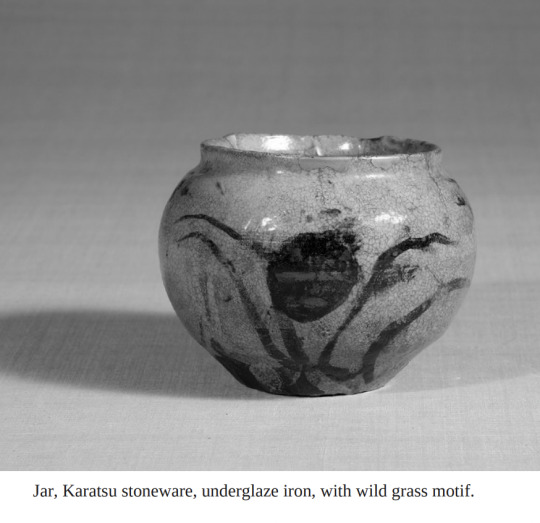
The Japanese Perspective 1957
“Generally speaking, the Western perception of art has its roots in Greece. For a long time its goal was perfection, which is particularly noticeable in Greek sculpture. This was in keeping with Western scientific thinking; there are no painters like Andrea Mantegna in the East. I am tempted to call such art ‘the art of even numbers’. In contrast to this, what the Japanese eye sought was the beauty of imperfection, which I would call ‘the art of odd numbers’. No other country has pursued the art of imperfection as eagerly as Japan. I once read a discourse on art by Wassily Kandinsky in which he took a highly favourable interest in the Japanese word e-soragoto (‘art [picture] is fantasy’). The word refers to the quest for truth that goes beyond truth; it refers to the art of imperfection, the art of odd numbers.” 95
The emphasis on imperfection in Japanese art comes from valuing the beauty in broken tea utensils “Here I would like to say a word about the character of tea utensils. As I wrote above, tea is not repelled by cracking and distortion but rather sees them as a new source of beauty, an expression of freedom. Nowadays, the West has become very conscious of deformation, and almost all of its modern art intentionally incorporates it in some form or another. Yet this same deformation has been a part of the art of tea for over 400 years. This Japanese perspective, which doesn’t hesitate to find beauty even in cracked ware, is without parallel anywhere in the world. Of course, if this is taken to an extreme, the ordinary form of an object will be violated and the original meaning lost. It is said that tea masters would sometimes break a bowl on purpose and then have fun mending it. This is going a bit too far, I think, even though it is a result of the tea masters’ insight into the nature of beauty. It might be seen as a deleterious effect of this perspective and something to be guarded against. Nevertheless, it was the tea masters who first discovered the beauty of deformation, and they are to be honoured for their originality and insight. This tradition is still ingrained in the Japanese eye for beauty, permeating the Japanese soul after decades of training. It is an appreciation of art that is free and unhampered. Deformation represents a quest for beauty that goes beyond the limitation of fixed forms” 96-97
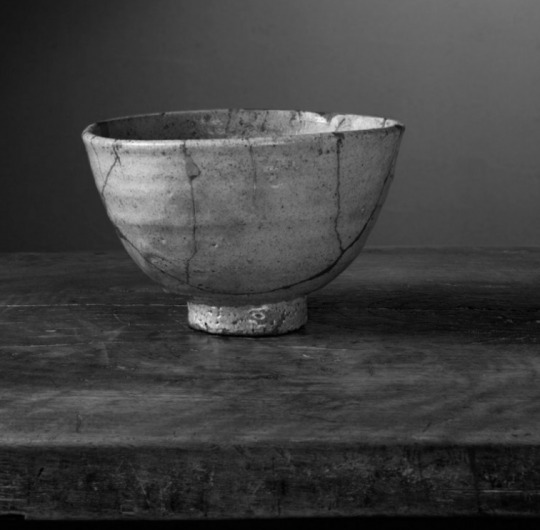

Woodblock Prints 1939
“In general, the arts and handicrafts are thought of as opposing concepts” 119
“I consider kasuri to be among the most superlative of Japanese textiles. In the process of its production, however, a blurry effect around the edges of the patterns is invariably created due to misalignment. Yet this blurry effect cannot be cavalierly dismissed. While the word ‘misalignment’ may imply that something is wrong, unneeded and unwanted, without it and the resultant blurry effect, where would the beauty be? The essence, the very reason for kasuri’s existence, would be gone. Carried to excess, such misalignment would wreak havoc on the intended patterns, but a certain amount of misalignment and blurriness is what brings out the beauty of kasuri, what constitutes its essence, what makes it what it is. In kasuri we see a case in which a lack of freedom is the wellspring of beauty.” 121
2 notes
·
View notes
Text

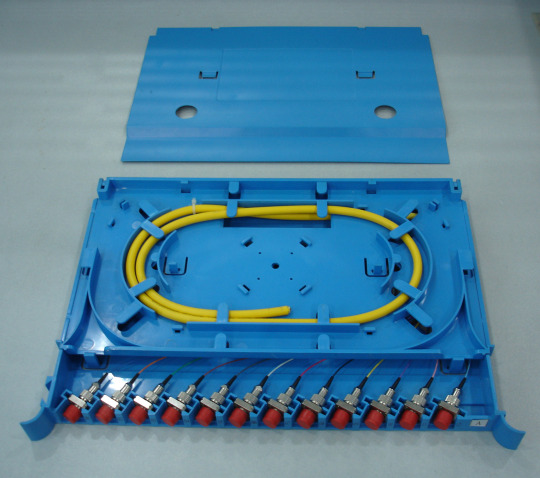
UOST-001
is a fiber optic splice tray not only for fiber splicing, but also can load adapter; it meet fiber distribution, splicing and protection function.
Dimension(mm): 358.3x264.4x25
Material: ABS plastic, aluminum cover
Adapter port: 12pcs SC simplex
Max. capacity: 12fibers
Color: blue
#splitter#splitterbox#w7telecom#homologados#telecom#provedoresdeinternet#produtostelecom#provedor#tecnologia#w7#fibraoptica#intelcable#óptico#sinal#qualidade#redeprovedor#fiberfixdistribuidora#redes#provedordeinternet#internet#r996#liebherrfans#hydraulic#digger#epicpilbara#pumpdrive#k1800#cumminspower#beltdrive#rockercover
0 notes
Text
CHM
[het ontwerp van deze site is geoptimaliseerd voor raadpleging op PC/tablet]
introductie
LITERATUUR, net als websites, software en andere programma’s, kan worden gezien als een programma op zich. Programma’s verdwijnen niet zomaar, maar kunnen wel in onbruik raken als ze niet meer goed functioneren in een veranderende omgeving.
Het interessante aan humane programma’s is dat zelfs oude, niet…

View On WordPress
0 notes
Text
Does anybody know how w7 is? Is it a good brand or no? My step aunt got my a advert calendar for Christmas. I was just curious because I have never tried this brand before.
0 notes
Text
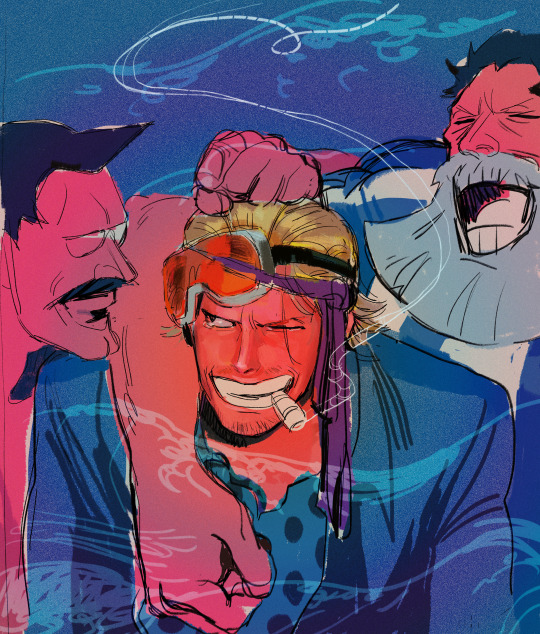
happy birthday, vice pres ! 🍷🎉
#one piece#paulie#tilestone#peeply lulu#so glad the next gen of W7 master shipwrights won't be alone .. sobs ..#happy bday ppaulie !!!
882 notes
·
View notes
Text

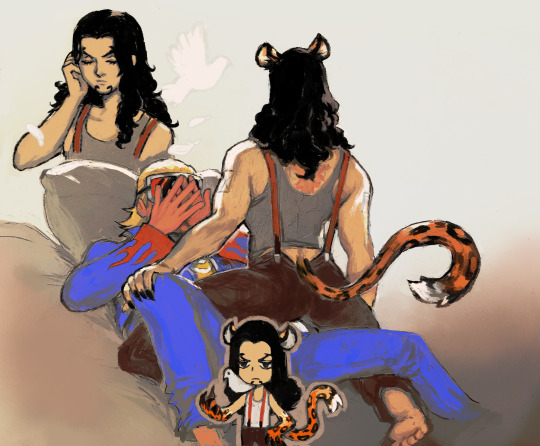


ive had a dawning realization a few days ago.....the evil cat man is very cute 😳🐆
#op#one piece#rob lucci#paulucci#fanart#ps ps ps here kitty kitty#water 7#cp9#happy yaoi friday#now i wanna rewatch w7
353 notes
·
View notes
Text
okay preemptive media anaylsis of the robin goodbye scene. (paused just as it started)
this scene had to be sanji because of the skypeia flower action, because this arc is about mentally ill people and those that love them and sanji truly does fucking love robin. the reason it hits with sanji specifically is he occupies a level of "not manly" due to his relationships with women and wearing his own heart on his sleeve that he can be nothing but genuine, and there's an assumed naivety to that, (to some degree there is) but robin herself believes him (unlike nami) that isn't the problem here.
robin must face sanji (someone who does not hide his emotions when it comes to her) to face what she's going to do. much like the usopp "i should leave the crew" moment, it's the point of no return coming from a want to punish herself. one of my favourite things about sanji as a character, is his ability to show love in ways that are completely nontraditional for men, and he screams after her. it had to be him because he is emotionally intelligent enough to identify that loss and hurt in ways that any other character (besides nami) wouldn't be able to express in the same way. she must face unconditional love and reject it based on her own belief that she is unlovable.
theres the water river flowing between them and as sanji crosses it its too late
#w7 watch#op#one piece#nico robin#blackleg sanji#by the way sanji saying pirates are false accused of crimes all the time is some casual worldbuilding that goes hard#like its not his emotional intellegence its that combined with the fact hes so easy to read and wears his heart on his sleeve that makes#the scene so painful. he must represent all of their love expressed without any restriction#its one of the best representations of how sanji completely doesnt care about how he seems manly or not when push comes to shove and when#hes under pressure theres no keeping up appearances and hes all heart. which is a good character to juxtapose to robin
89 notes
·
View notes
Note
Did you start t as a young teenager? There’s literally no reason your feet would get bigger otherwise. Your bones are solid. You dont get taller, your feet don’t get bigger. You sound like a liar
somebody tell this guy about every pregnant woman ever
#bruh there iS CARTILAGE IN THERE#and your height isn't solely determined by your bones either!#muscle development weight gain and cartilage expansion can do a lot#but if you wanna tell yourself that T is not worth trying go cope i guess ill be in the men's section buying 8s when i used to wear w7
326 notes
·
View notes
Text


6 notes
·
View notes
Text
Type Exhibition Part V: My Favourite Project
I LOVED these books (George did too, after some paper enthusiasm related discussion). The paper stock (apparently completely unaccessible in NZ), the colours, the cloth spine, the forms, the layout, the orientation, the curved edges. it all worked together so seamlessly. I am bamboozled. Id' love to ask katie/george how they come to these conclusions, because I am simply perplexed.
0 notes
Text
one piece x steven universe au where instead of being a crystal gem, luffy is sort of a rogue who flies around in a spaceship adventuring through space and making/recruiting friends on different planets and gem colonies, he was inspired by earthlings and now he wants to live freely without the constraints of gem roles and expectations (tagging this with #gem piece)
#ok im leaving these in the tags because I'm still not 100% sure for these but#usopp. obviously bismuth (inventor; touchy hugger and funny; black coding; fight with mc like in w7; rainbow cough gay also he's artistic)#i could keep going on ab usopp but anyways . the second im p sure about is sanji as a sapphire#like u got the whole running away from ur royal duty thing it's crazy . also he's blue#i was talking this au over with a friend and he mentioned how sanji would have 2 eyes and that's why he'd be ostracized which is so real#SANJI'S AN OFF COLOUR#oomf said sanji would be pearl because bispearl (which is so real) and also lapidot works for sanuso which is so 😭😭 CRYING#idk about the others feel free to drop ur ideas and stuff i need to hear em#i have doodles for this au idk if anyone gaf tho 😞😞 bye#oh also the crystal gems r the revolutionary army :3 i think it fits better idr think luffy would be into that stuff#op#one piece#steven universe#su#monkey d luffy#sanuso#usosan#technically because this au was born from a sanuso idea 😭😭😭#sanji#usopp#gem piece
60 notes
·
View notes
Text

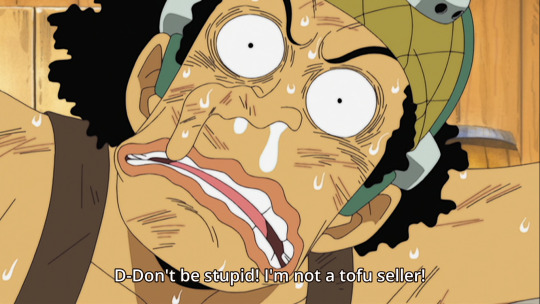





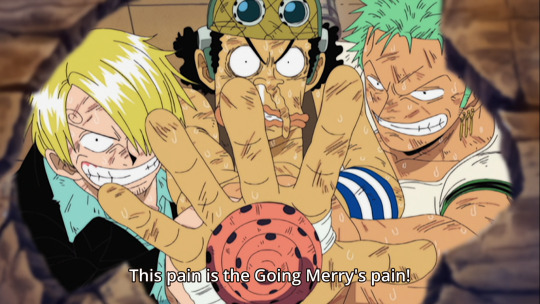
how come usopp gets two supportive bfs that grant him courage through the power of love
#filler: sanuso and zosopp are really great#filler: but you know what else is great?#filler: zosanuso#luna watches op#im not thinking about w7 im not thinking about w7 im not thinking about w7 im not-
89 notes
·
View notes